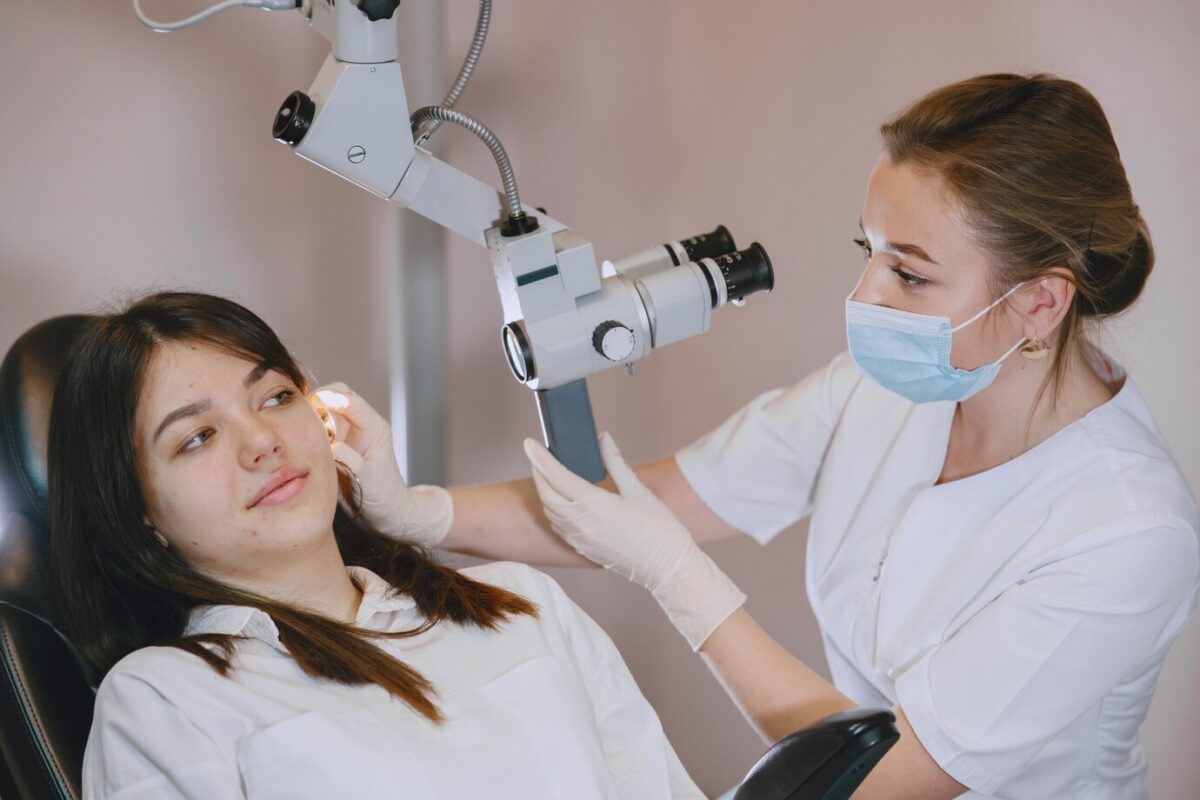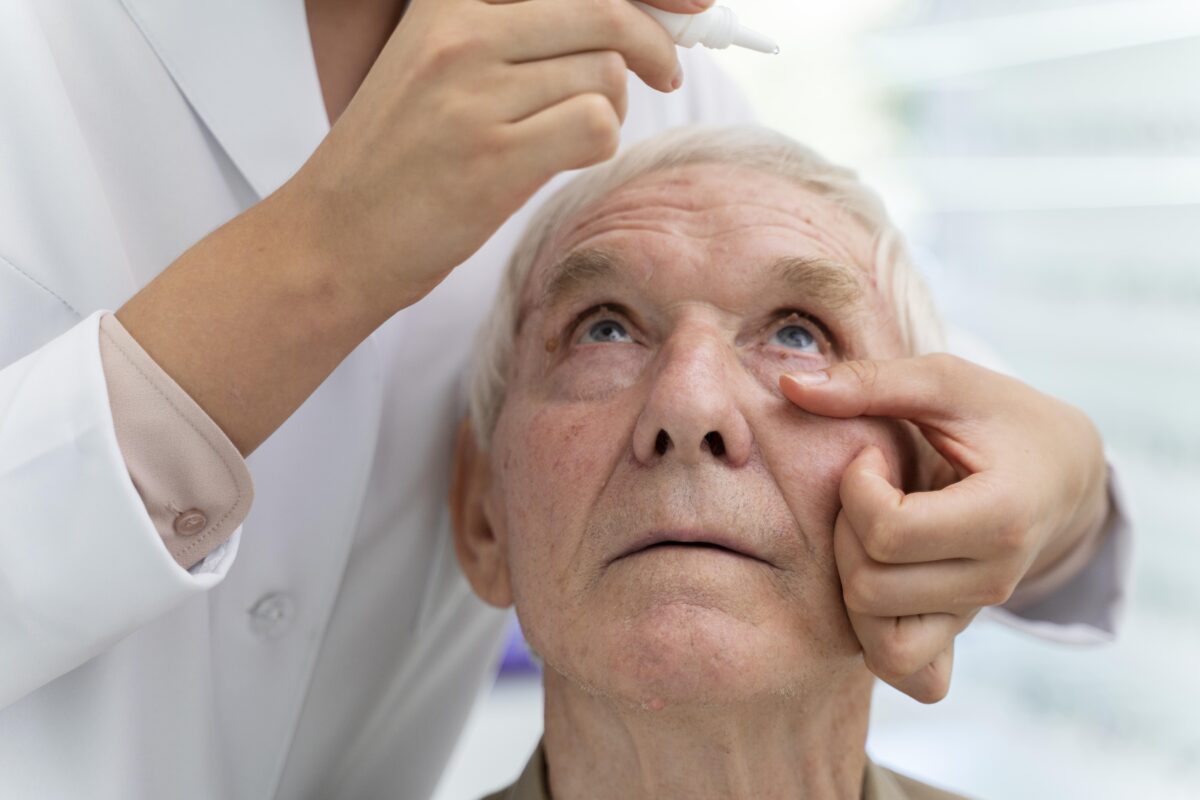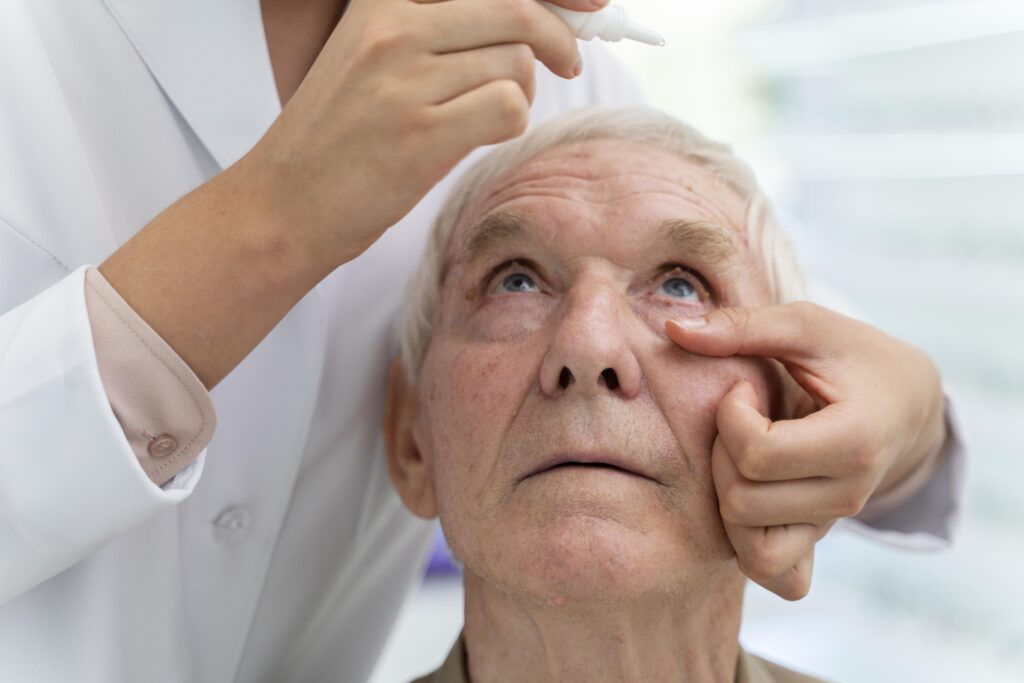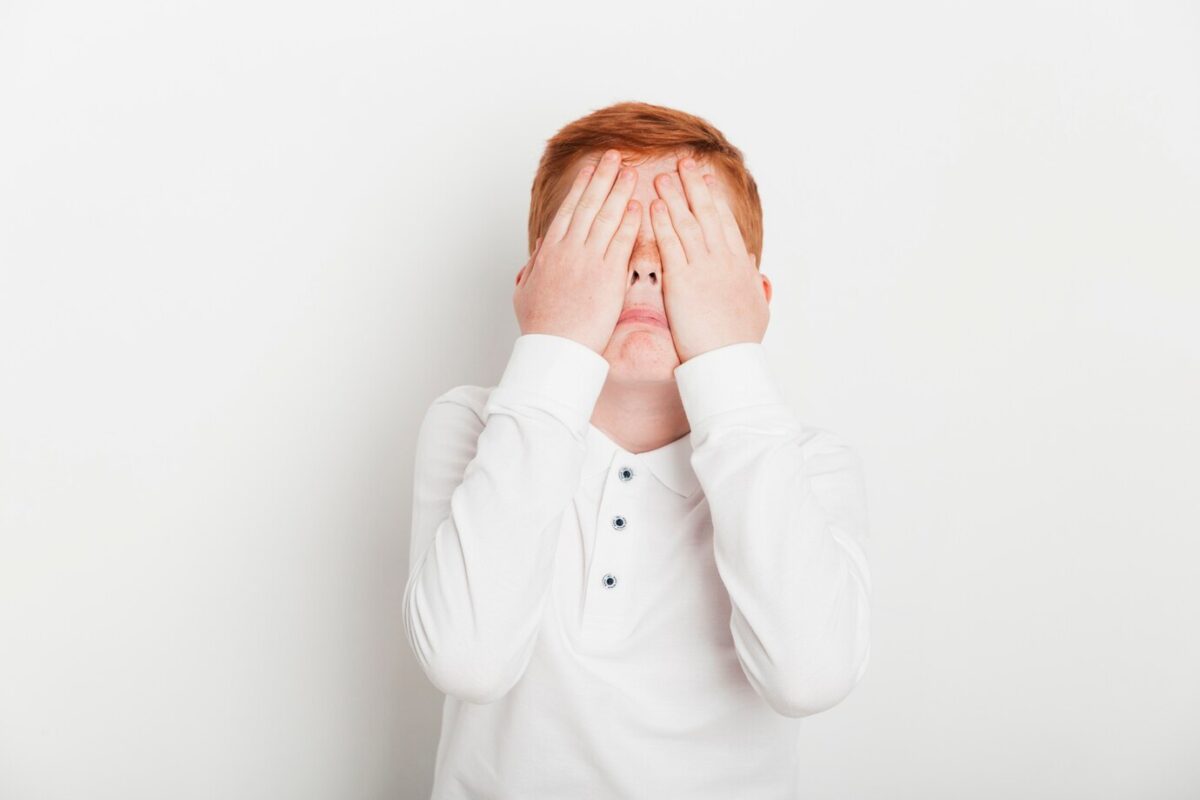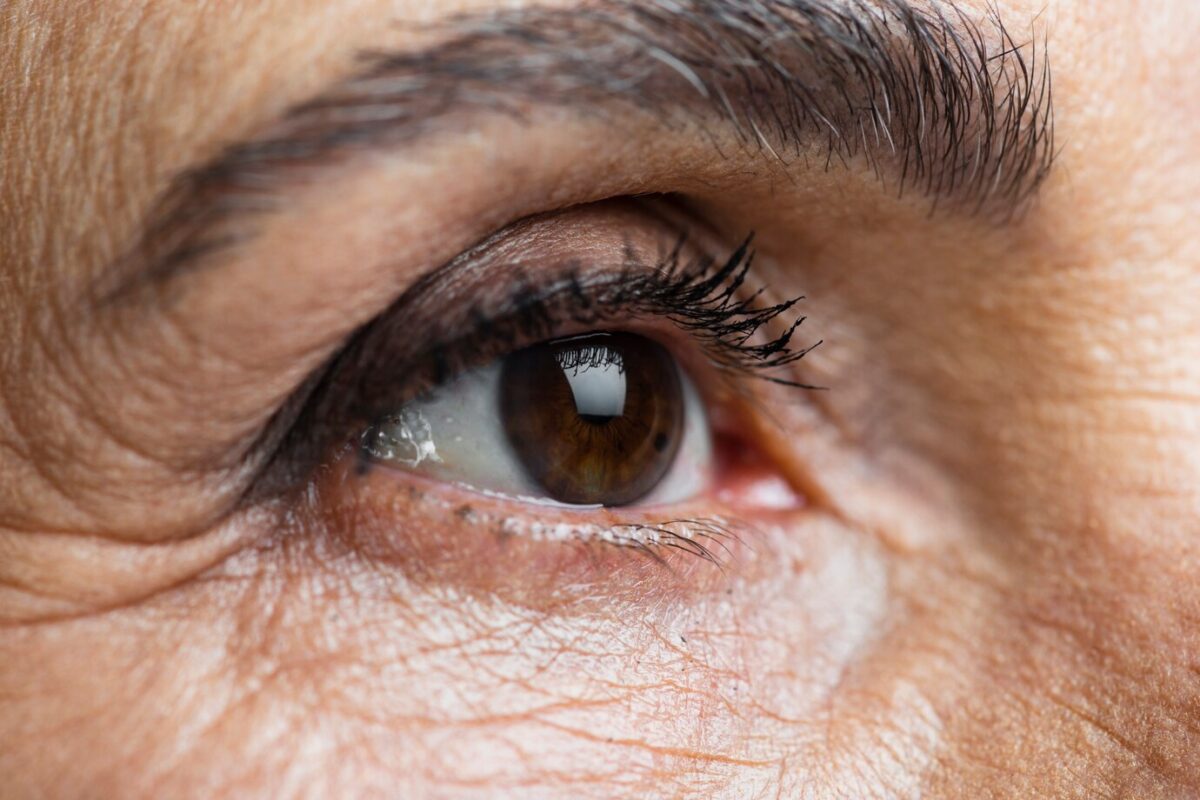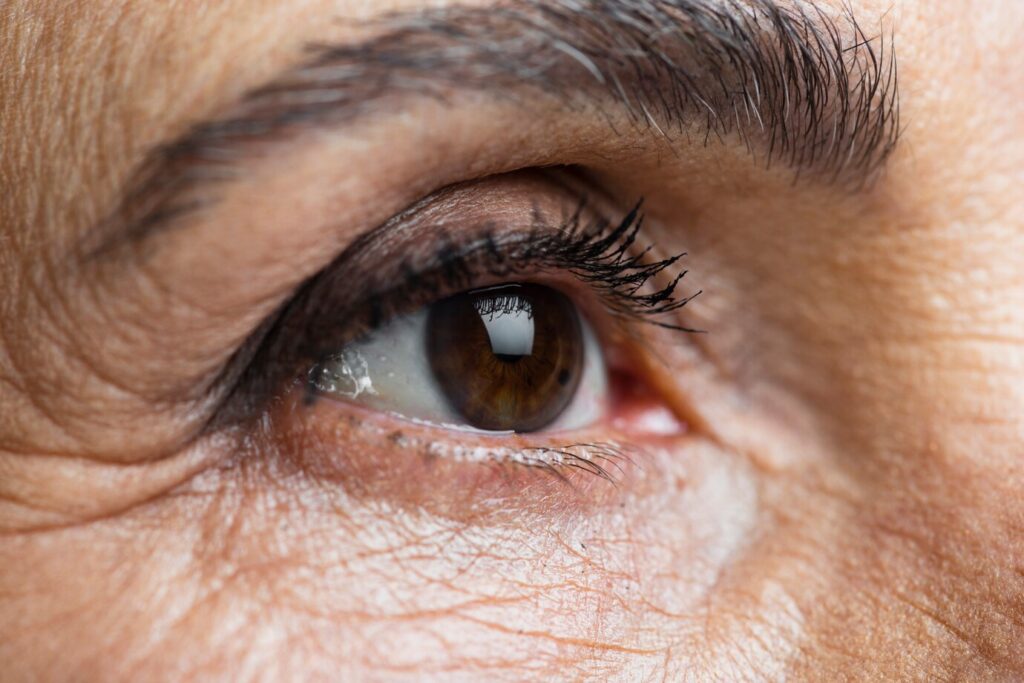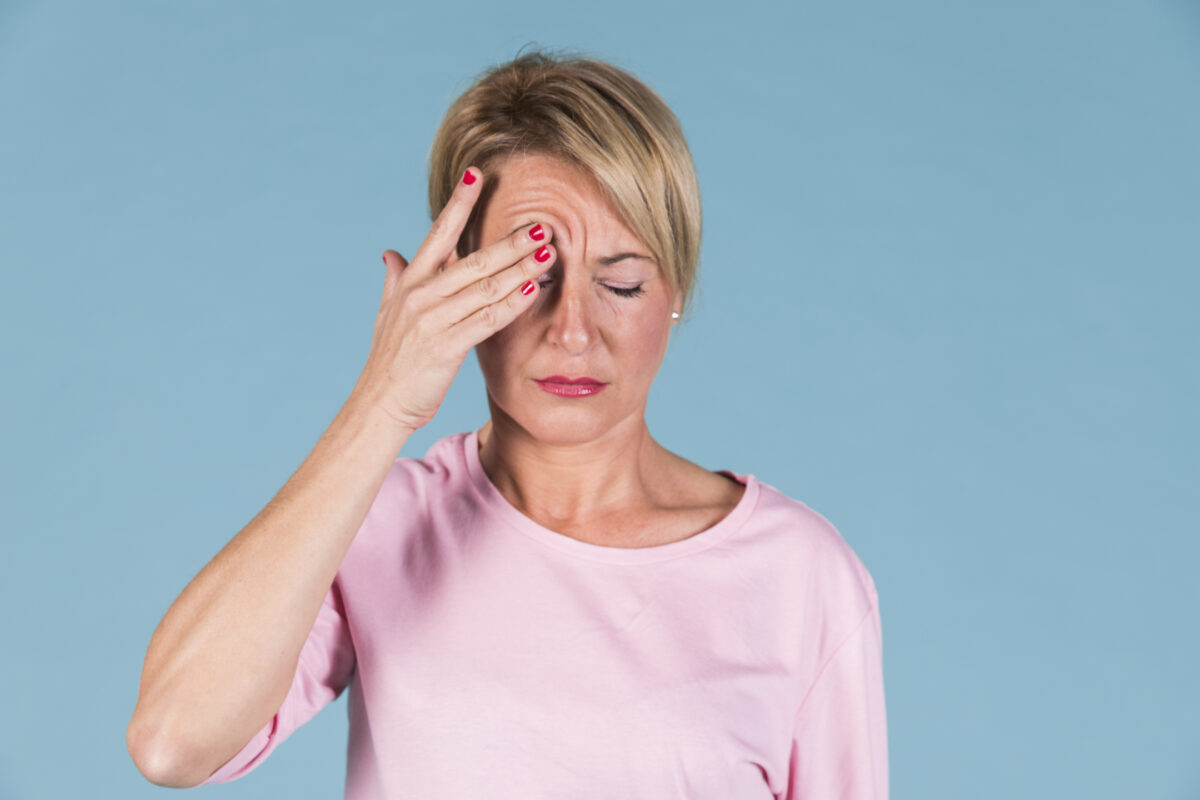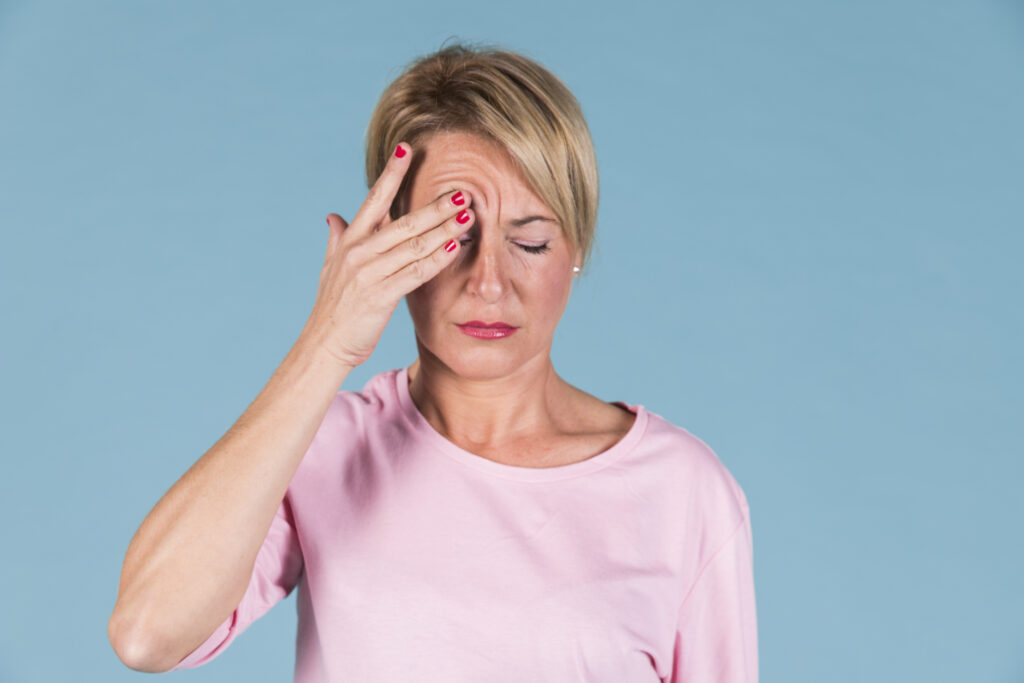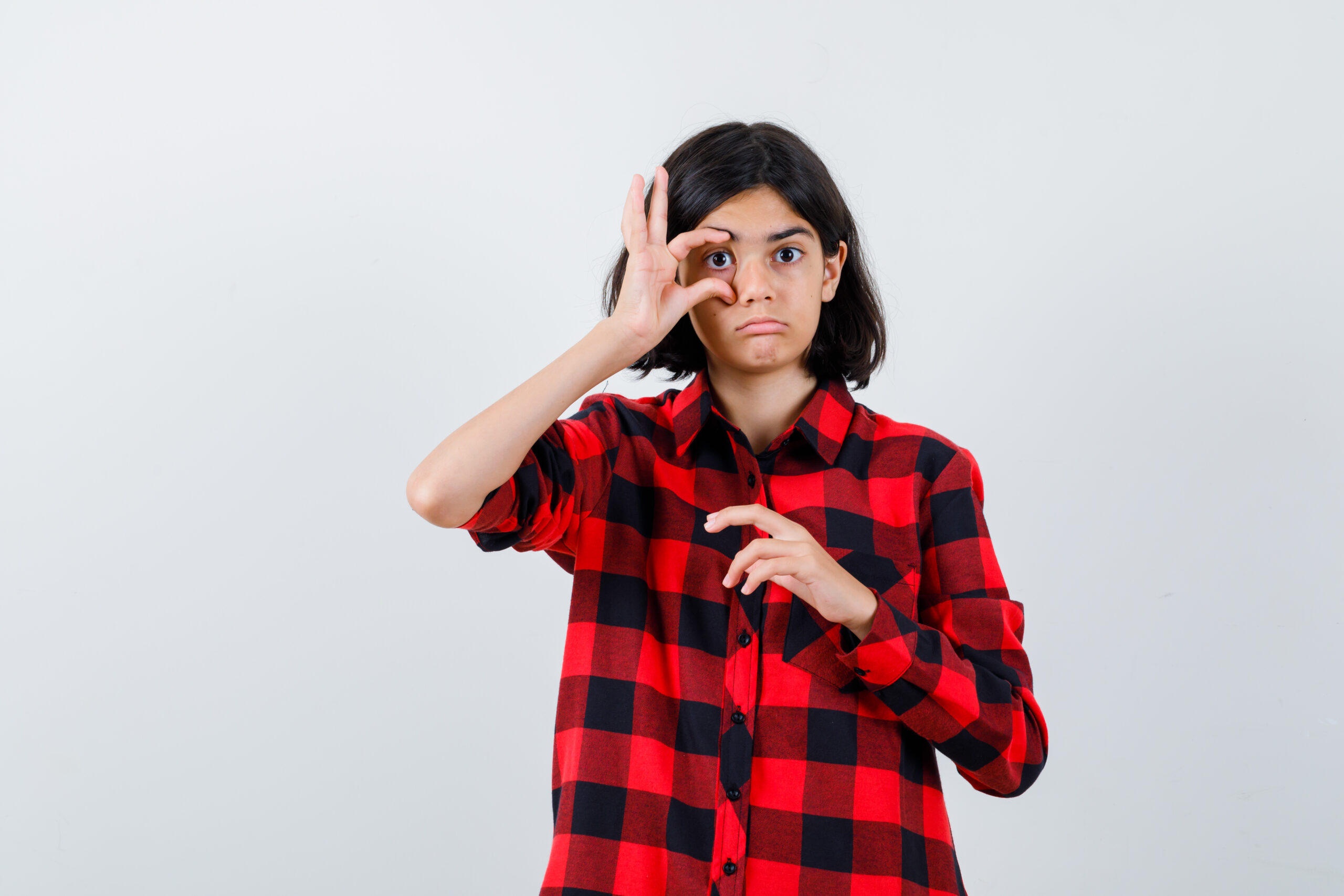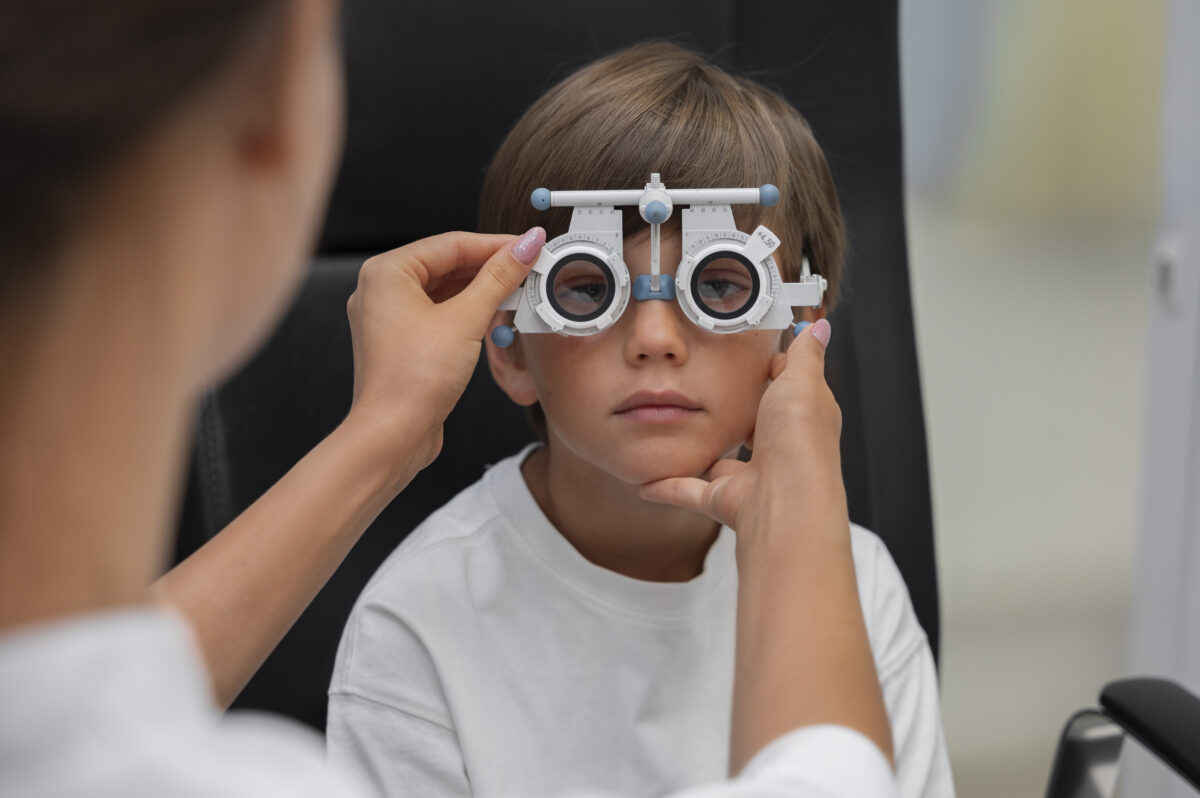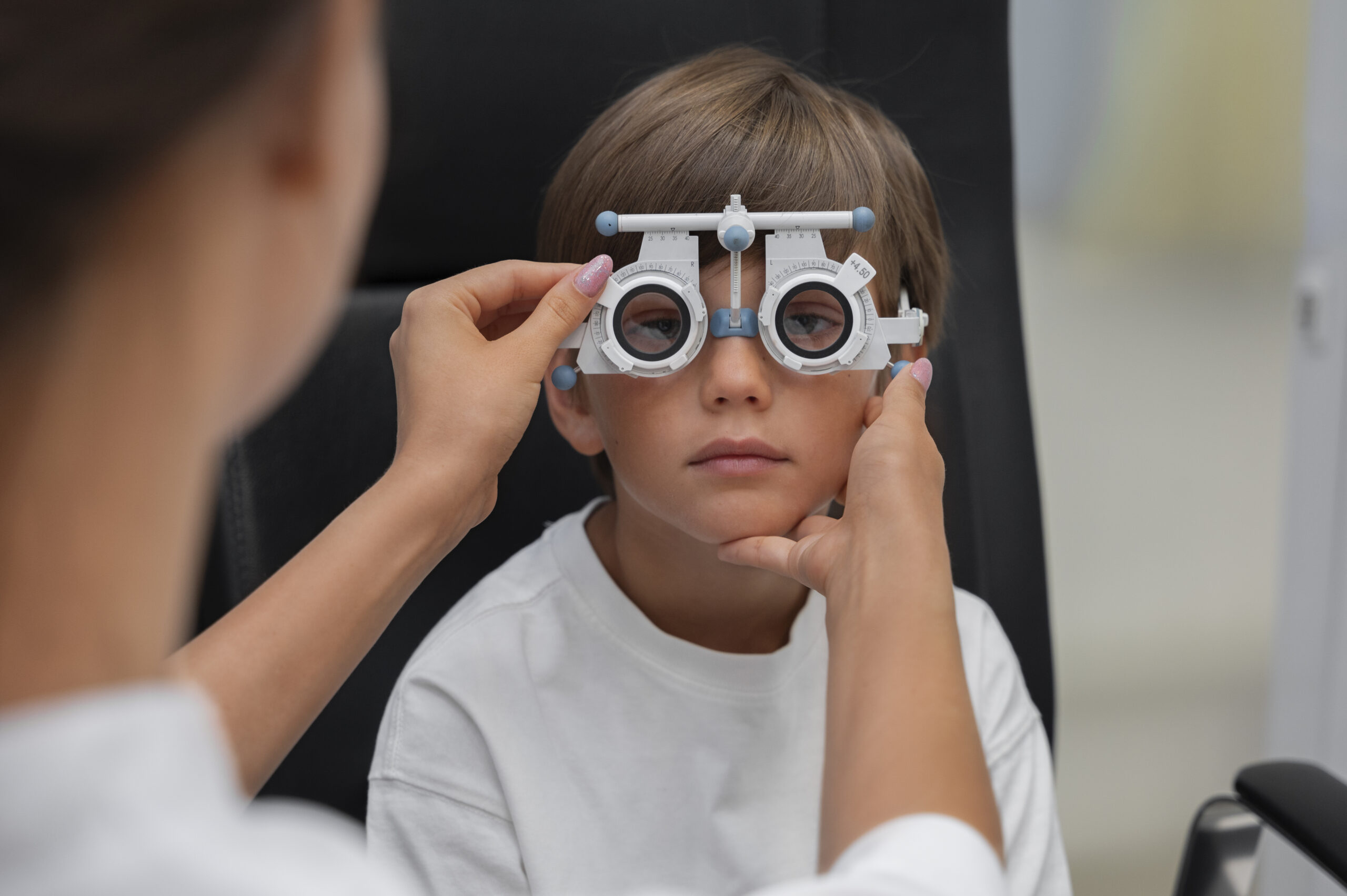The Importance of Laser Therapy in Treating Retinal Holes
July 30, 2024
Have Any Questions?
Please contact us, if you have any queries
Categories
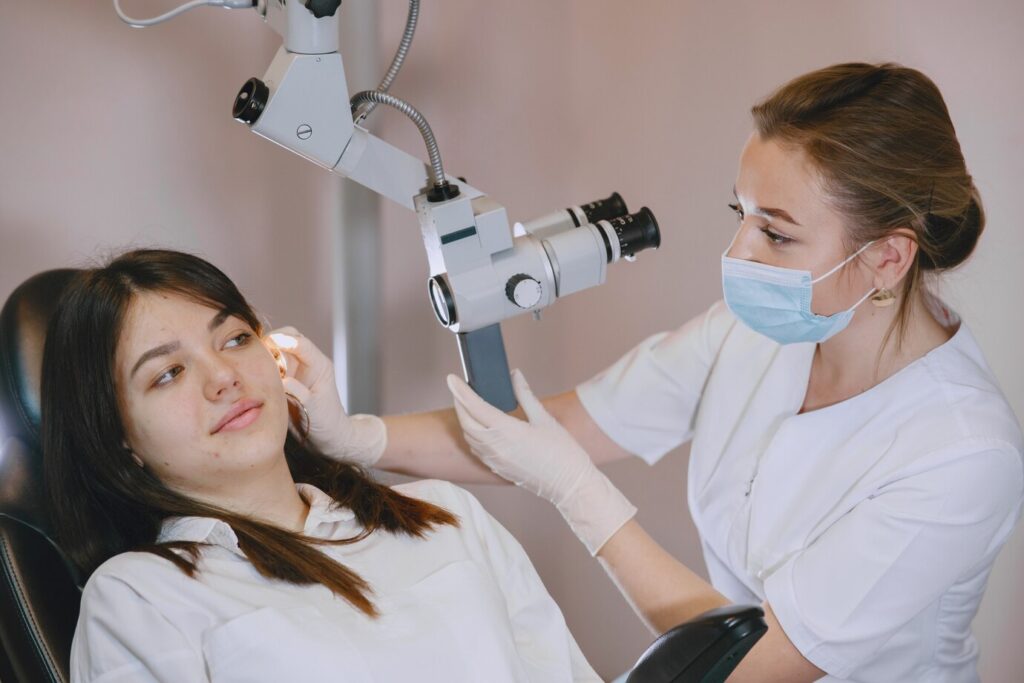
Retinal holes are a major problem in the complex spectrum of eye health. If left untreated, these tiny holes or tears in the retina, the fragile tissue at the back of the eye, can have a significant impact on vision. The goal of this blog is to give readers a comprehensive understanding retinal condition, retinal hole repair, including its causes, symptoms, and the critical role that laser eye treatments—specifically, cryopexy and laser Photocoagulation—play.
What Are Retinal Holes?
Retinal holes, which may also be referred to as macular holes, affect the thin layer called the retina that is located in the rear of the eye. Because it transmits information to the brain via the optic nerve, the macula, the central region of the retina, is essential to our ability to see. Recognized as brief breaks in the retina, retinal holes are a specific type of retinal condition.
Causes of Retinal Holes
Several factors can lead to retinal holes, for instance:
Aging: The most frequent cause is aging, which takes place when the vitreous fibers shorten and press against the retina.
Trauma: Retinal tears can result from an eye injury.
Medical Conditions: The risk is increased by conditions such as excessive myopia (nearsightedness) and diabetic eye disease.
Retinal Detachment: One factor that may lead to the development of macular holes is the retina’s detachment from its normal location.
Symptoms of Retinal Holes
For a timely diagnosis and successful treatment, it is important to identify the signs of retinal holes. Typical indicators consist of:
- Brief flashes of light or light streaks visible in the periphery.
- Distortion or blurriness in the periphery or center of vision.
- Experience of an obstacle in the field of view, such as a shadow or curtain.
- Decrease in vision clarity or sharpness, especially in the center of the field of vision.
The macula is a vital aspect of centrally focused vision, making it necessary for tasks requiring intricate details and activities like driving and reading. As a result, injury to this tissue may result in distorted, fuzzy, or blurry vision, especially in the center of the eye’s visual field.
The Role of Laser Therapy in Treating Retinal Holes
Closing tiny gaps in the retina is the most efficient way to avoid retinal detachment. A retina specialist will thoroughly assess the current condition of the eye and suggest one of the following therapies for you to select the optimal laser treatment:
Laser photocoagulation
Retinal hole laser treatment, commonly referred to as laser photocoagulation, is a non-invasive technique used to seal retinal holes and prevent further damage. In order to seal the hole and stop fluid from seeping, this technique uses a concentrated laser beam to cause small burns surrounding the hole. This procedure aids in retinal reattachment and visual restoration.
Benefits of Laser Photocoagulation
- Minimally Invasive: The risk of infection declines since no surgical incisions are needed.
Fast and Efficient: The process just takes a few minutes on average, making it relatively quick. - High Success Rate: Stabilizes the retina and protects eyesight by successfully sealing the retinal hole.
- Safety: Sophisticated safety protocols guarantee a safe and regulated treatment approach.
- Painless: Performed at the patient’s preferred wavelengths, providing a comparatively simple experience.
Cryopexy (Freeze Treatment)
An alternative method for treating a tear or hole in the retina is cryopexy. The tissues surrounding the retinal tear are frozen during this process using a cryoprobe. To ensure patient comfort, local anesthetics are used during cryopexy procedures. To properly seal the impacted hole, it is carefully secured to the interior of the eyeball.
Advantages of Cryopexy:
- Sturdy Sealing: The process of freezing the tissues produces a solid barrier surrounding the retinal aperture.
- Comfortable: To reduce discomfort during the surgery, a local anesthetic is employed.
- Fast Recovery: Since cryopexy doesn’t require surgical incisions, it recovers more quickly than laser photocoagulation.
After the Procedure
Once laser photocoagulation or cryopexy is complete, it is normal for the eyes to appear red for a little while. For a rapid recovery, it’s important to follow the eye doctor’s advice and adhere to recommended prescriptions. In addition to advising against strenuous activity and heavy lifting while the eye heals, the doctor may prescribe specific eye drops to reduce swelling.
Conclusion
It’s important to fully understand retinal holes since, if unattended, they can cause serious vision problems. Various factors, including age or trauma, may cause these holes, making an immediate diagnosis vital. Retinal holes can be closed, and further challenges can be avoided with laser therapies such as cryopexy and laser photocoagulation. A quick recovery is dependent on post-treatment care, which emphasizes the need to adhere to prescription guidelines, take medication as directed, and avoid physically demanding activities.
We at Rani Menon Maxivision Eye Hospital, the best eye care centre in Thrissur, Kerala is dedicated to provide the most sophisticated care possible for challenges involving the retina, including skilled laser therapy for retinal holes. We are committed to protect and improve your eyesight with cutting-edge procedures and individualized attention.
If you experience any symptoms of retinal holes, such as flashes of light or sudden floaters, Schedule a consultation with us Today. Early detection and treatment with laser therapy can safeguard your vision and prevent severe complications

